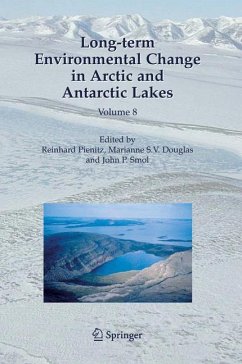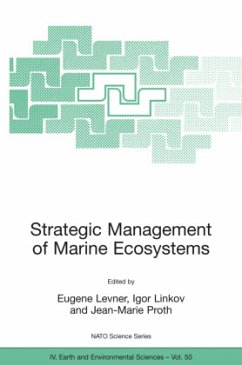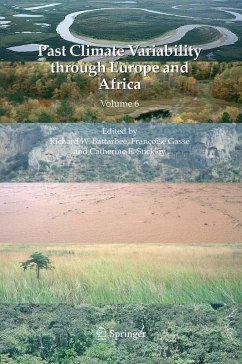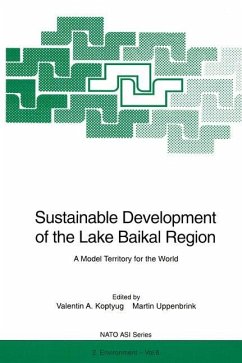
Impact of the Environment on Human Migration in Eurasia
Proceedings of the NATO Advanced Research Workshop, held in St. Petersburg, 15-18 November 2003
Herausgegeben: Scott, E. M.; Alekseev, A. Y.; Zaitseva, G.
Versandkostenfrei!
Versandfertig in 1-2 Wochen
153,99 €
inkl. MwSt.
Weitere Ausgaben:

PAYBACK Punkte
77 °P sammeln!
The themes of the book focus on the origin, development, interactions, and migrations of the Scythians, in Eurasia and their relationships with the environment of 1st millennium BC. Without doubt, the environment played an important role in the life of ancient nomadic populations, forming the basis of their economies and influencing various aspects of their mode of life.
The main focus is on the huge landmass of Eurasia where apart from global-scale environmental changes, local environmental change, including the physical landscape of forest, steppe, forest-steppe and so on changed. During the 1st millennium BC, important cultural processes occurred throughout the steppe belt, which eventually resulted in the emergence of "Scythian-type" cultures. The Scythian sites have been investigated since the 18th century, resulting in the discovery of outstanding archaeological assemblages and works of art which are displayed in the best museums of the world. Numerous puzzles relating to the Scythians' origins, interactions, migrations and their detailed chronology are discussed and new data presented.
The main focus is on the huge landmass of Eurasia where apart from global-scale environmental changes, local environmental change, including the physical landscape of forest, steppe, forest-steppe and so on changed. During the 1st millennium BC, important cultural processes occurred throughout the steppe belt, which eventually resulted in the emergence of "Scythian-type" cultures. The Scythian sites have been investigated since the 18th century, resulting in the discovery of outstanding archaeological assemblages and works of art which are displayed in the best museums of the world. Numerous puzzles relating to the Scythians' origins, interactions, migrations and their detailed chronology are discussed and new data presented.
This book is a collection of the articles presented at the NATO Advanced Research Workshop (ARW 979859) held in St. Petersburg, from the 15-18 November 2003 in the Hermitage Museum. The title of the workshop was "The impact of the environment on Human Migration in Eurasia". More than 40 scientists from Russia, Ukraine, Kazakhstan, Poland, Germany, Switzerland, The Netherlands, United Kingdom, Belgium, Finland, Lithuania and Latvia took part. The themes of the workshop focused on the origin, development, interactions, and migrations of prehistoric and ancient populations, specifically the Scythians, in Eurasia and their relationships with the environment of the time. The discussion of these questions necessitated the participation of specialists from a wide range of academic fields. Beyond any doubt, the environment played an important role in the life of ancient nomadic populations, forming the basis of their economies and influencing various aspects of their mode of life. In this respect, the collaboration of specialists in the Humanities and Science is essential for the solution of scientific questions concerning these peoples. Over the past few years, a large amount of new proxy data related to environmental changes during the Pleistocene and the Holocene and their impact on human life has become available. Our discussion was predominantly limited to environmental changes related to the Holocene. In st this period of about 10000 years, the main focus was on the 1 millennium BC.













